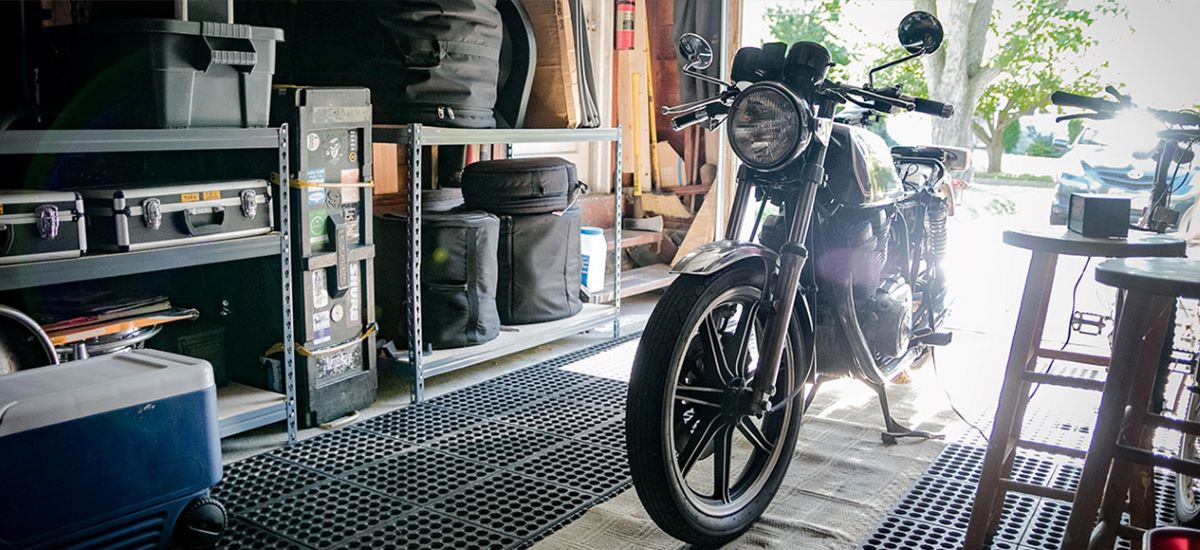

Articles
How To Store A Motorcycle
Modified: February 22, 2024
Looking for articles on how to store a motorcycle? Explore our expert tips and tricks to keep your motorcycle safe and protected during storage.
(Many of the links in this article redirect to a specific reviewed product. Your purchase of these products through affiliate links helps to generate commission for Storables.com, at no extra cost. Learn more)
Introduction
Storing a motorcycle properly is essential to ensure its longevity, especially during periods of non-riding seasons or extended periods of inactivity. Whether it’s due to winter weather conditions or other reasons, taking the necessary steps to store your motorcycle correctly will help prevent damage and keep it in top condition.
In this article, we will guide you through the process of storing a motorcycle effectively. We’ll cover important considerations such as choosing a storage location, preparing the motorcycle for storage, and selecting the right storage method. By following these steps, you can rest assured that your motorcycle will be protected and ready for your next riding season.
Key Takeaways:
- Properly storing a motorcycle involves choosing a dry, secure location, preparing the bike with maintenance tasks, and selecting the right storage method to ensure its longevity and performance.
- Disconnecting the battery, cleaning and protecting the motorcycle, and choosing the appropriate storage method are essential steps to preserve the bike’s condition and ensure a trouble-free riding experience in the future.
Read more: How To Store Helmet On Motorcycle
Choosing a Storage Location
When selecting a storage location for your motorcycle, it’s important to choose a place that is dry, well-ventilated, and secure. Here are a few key factors to consider:
- Indoor vs. Outdoor: Ideally, you want to store your motorcycle indoors to protect it from the elements. However, if indoor storage is not available, consider using a motorcycle cover or a storage shed specifically designed for motorcycles to minimize exposure to weather conditions.
- Temperature Control: Extreme temperature fluctuations can have adverse effects on your motorcycle. If possible, choose a location that maintains a relatively stable temperature throughout the year.
- Security: It’s essential to store your motorcycle in a secure location to minimize the risk of theft or vandalism. Look for facilities that have surveillance cameras, secure locks, and restricted access.
- Space Considerations: Ensure that the storage space is adequately sized to accommodate your motorcycle comfortably. Leave enough room for you to move around and perform necessary maintenance tasks if required.
- Accessibility: Consider how easy it will be to access your motorcycle when you need it. If you plan on using your motorcycle occasionally during storage, make sure the storage location allows for convenient access.
By carefully considering these factors, you can choose an appropriate storage location that will protect your motorcycle from damage and give you peace of mind during its storage period.
Preparing the Motorcycle for Storage
Before storing your motorcycle, it’s crucial to prepare it properly to prevent any potential damage or issues. Follow these steps to ensure your motorcycle is ready for storage:
- Clean the Motorcycle: Start by giving your motorcycle a thorough cleaning. Remove any dirt, debris, and grime that may have accumulated. A clean motorcycle not only looks better but also helps prevent corrosion and damage during storage.
- Lubricate Moving Parts: Apply lubricant to the chain, throttle, and other moving parts to prevent rust and ensure smooth operation when you take your motorcycle out of storage.
- Treat the Fuel System: Add a fuel stabilizer to the tank and run the engine for a few minutes to ensure the stabilized fuel circulates throughout the fuel system. This will help prevent the fuel from deteriorating and causing issues when you start the motorcycle after storage.
- Check and Inflate Tires: Ensure that the tires are adequately inflated to the manufacturer’s recommended pressure. This helps prevent flat spots and avoids excessive pressure on the sidewalls.
- Inspect and Replace Fluids: Check the levels of all fluids, such as coolant, brake fluid, and oil. If needed, top them up to the proper levels. It’s also advisable to change the oil and oil filter before storing your motorcycle to remove any contaminants that can cause damage over time.
- Protect the Battery: If possible, disconnect the battery and store it separately in a cool and dry place. Alternatively, keep the battery connected to a maintenance charger to ensure it stays charged during storage.
- Remove Perishable Items: Take out any perishable items such as food, beverages, or personal belongings from saddlebags or storage compartments.
- Secure Loose Parts: Check if any parts are loose or insecure and tighten them as necessary. This includes mirrors, windshields, and any other accessories.
By following these preparation steps, you’ll ensure that your motorcycle is in optimal condition when it’s time to bring it out of storage and hit the road again.
Draining the Fuel Tank
Draining the fuel tank is an essential step in preparing your motorcycle for long-term storage. Fuel left in the tank can deteriorate over time, leading to issues such as fuel line clogs, carburetor problems, and engine damage. Here’s how to properly drain the fuel tank:
- Find a Suitable Area: Choose a well-ventilated area or perform this task outside to minimize the risk of fumes accumulating.
- Run the Engine: Start the motorcycle and allow it to run for a few minutes. This will warm up the fuel and make it easier to drain.
- Turn Off the Engine: Turn off the engine and let the motorcycle cool down before proceeding.
- Locate the Fuel Petcock: The fuel petcock is a valve located on the bottom of the fuel tank. It controls the flow of fuel from the tank to the carburetor or fuel injection system.
- Position a Fuel Container: Place a suitable container, such as a gasoline canister, under the fuel petcock to catch the drained fuel.
- Open the Fuel Petcock: Turn the fuel petcock to the “Off” or “Reserve” position to stop the fuel flow. Then, turn it to the “On” or “Prime” position to allow the fuel to flow out of the tank.
- Wait for the Fuel to Drain: Allow the fuel to completely drain from the tank into the container. This may take a few minutes, depending on the amount of fuel in the tank.
- Clean Up and Dispose of Fuel Properly: Once the fuel has drained, close the fuel petcock and dispose of the drained fuel following local regulations and guidelines.
Keep in mind that some motorcycles have a fuel drain screw or plug on the carburetor float bowl. If your motorcycle has this feature, consult your owner’s manual for specific instructions on how to drain the fuel from the carburetor.
By properly draining the fuel tank, you’ll help prevent fuel-related issues and ensure a smooth start when it’s time to ride your motorcycle again.
Changing the Oil and Filter
Changing the oil and filter is an important step in preparing your motorcycle for storage. Over time, oil can become contaminated with dirt, debris, and engine byproducts, which can lead to damage if left unchanged. Here’s how to properly change the oil and filter:
- Gather the Supplies: You’ll need a new oil filter, the appropriate grade of motorcycle oil, an oil filter wrench, and an oil drain pan.
- Warm up the Engine: Start the motorcycle and let it run for a few minutes to warm up the oil. This makes it easier to drain.
- Turn Off the Engine: Turn off the engine and allow it to cool down for a few minutes.
- Locate the Oil Drain Plug and Oil Filter: The oil drain plug is typically located at the bottom of the engine, while the oil filter is typically mounted on the side of the engine. Consult your owner’s manual to locate these components if unsure.
- Position the Oil Drain Pan: Place the oil drain pan under the oil drain plug to catch the drained oil.
- Remove the Oil Drain Plug: Using a wrench or socket, carefully loosen and remove the oil drain plug. Allow the oil to drain completely into the pan.
- Remove the Oil Filter: Using an oil filter wrench, loosen and remove the oil filter. Be prepared for some additional oil to drain when removing the filter.
- Replace the Oil Filter: Before installing the new oil filter, lightly coat the rubber gasket on the filter with fresh oil. This helps ensure a proper seal. Then, hand-tighten the new oil filter onto the engine, making sure not to overtighten.
- Install the Oil Drain Plug: Clean the drain plug and install a new crush washer if necessary. Carefully thread the drain plug back into the engine and tighten it to the specified torque level as stated in your owner’s manual.
- Add Fresh Oil: Pour the appropriate amount and grade of fresh oil into the engine through the oil filler cap. Refer to your owner’s manual for the correct oil capacity.
- Check the Oil Level: After adding oil, start the engine and let it run for a couple of minutes. Then, turn off the engine and allow it to sit for a few minutes. Check the oil level using the dipstick and adjust if necessary.
- Properly Dispose of the Used Oil: Make sure to dispose of the used oil and the oil filter properly. Many auto parts stores or service centers accept used oil for recycling.
By changing the oil and filter before storing your motorcycle, you’ll help maintain the engine’s performance and protect it from potential damage due to old or contaminated oil.
Read more: How To Store Motorcycle Helmet
Disconnecting the Battery
Disconnecting the battery is an important step in storing your motorcycle for an extended period. This helps prevent unnecessary battery drain and potential damage. Here’s how to properly disconnect the battery:
- Gather the Necessary Tools: You’ll need a wrench or pliers to loosen and remove the battery terminals.
- Ensure the Engine Is Off: Make sure the motorcycle’s engine is turned off before performing any work on the battery.
- Locate the Battery: The battery is typically located under the seat or in a side panel of the motorcycle. Consult your owner’s manual if you are unsure of its location.
- Identify the Negative and Positive Terminals: The negative terminal is usually marked with a “-” symbol, while the positive terminal is marked with a “+” symbol. It’s important to know which is which before disconnecting the battery.
- Start with the Negative Terminal: Using a wrench or pliers, loosen the nut or bolt on the negative terminal. Once loose, carefully remove the negative cable from the battery terminal. Wrap the cable end with electrical tape or place a non-conductive material over it to prevent it from accidentally making contact with the battery.
- Proceed with the Positive Terminal: Repeat the above step for the positive terminal. Loosen the nut or bolt and remove the positive cable from the battery terminal.
- Double-Check Connections: Ensure that both battery cables are fully disconnected and secured away from the battery terminals.
- Keep the Battery Elevated: If possible, elevate the battery off the ground and place it on a non-conductive surface to prevent it from discharging or getting damaged.
- Store the Battery: If you have a separate storage location for your battery, place it there. Otherwise, keep it in a cool, dry place away from extreme temperatures and moisture.
- Maintain the Battery’s Charge: If you do not plan to use a maintenance charger for the battery, it’s a good idea to periodically recharge it to ensure it retains its charge.
By disconnecting the battery, you’ll prevent any potential drain or damage, ensuring that it remains in good condition and ready to use when you’re ready to ride again.
Store your motorcycle in a dry, well-ventilated area to prevent rust and corrosion. Use a motorcycle cover to protect it from dust and debris. If possible, store it on a stand to prevent flat spots on the tires.
Cleaning and Protecting the Motorcycle
Proper cleaning and protection of your motorcycle is crucial before storing it for an extended period. This helps prevent corrosion, rust, and other forms of damage. Here’s how to clean and protect your motorcycle effectively:
- Start with a Thorough Cleaning: Use a mild detergent or motorcycle-specific cleaner to clean the surfaces of your motorcycle. Scrub gently to remove dirt, grime, and any bugs that may have accumulated.
- Paying Attention to Detail: Clean hard-to-reach areas, such as under the fenders, around the engine, and inside the chain guard, using appropriate brushes or cleaning tools. Make sure to remove any debris or buildup that could cause damage during storage.
- Dry Thoroughly: After cleaning, use a clean, soft cloth or microfiber towel to thoroughly dry your motorcycle. Ensuring that all moisture is removed helps prevent corrosion.
- Apply a Protective Coating: To provide an extra layer of protection, consider applying a wax or paint sealant to the painted surfaces of your motorcycle. This helps guard against the elements and UV damage.
- Finish with Metal Parts: Apply a thin layer of corrosion-resistant lubricant, such as WD-40 or a motorcycle-specific product, to metal parts such as the exhaust pipe, chrome surfaces, and other areas prone to rust.
- Consider Using a Rust Inhibitor: If your motorcycle will be stored in a humid environment, you may want to use a rust inhibitor. These products help protect metal surfaces from oxidation and rust while in storage.
- Treat Rubber and Plastic Parts: Use a protectant or dressing specifically formulated for rubber and plastic components such as tires, seat, and grips. This helps prevent drying, cracking, and fading over time.
- Pay Attention to the Chain: Clean and lubricate the chain according to the manufacturer’s instructions. A well-lubricated chain prevents rust and corrosion during storage.
- Check and Tighten Fasteners: Before storing your motorcycle, inspect and tighten any loose or missing fasteners. This ensures that everything is secure and reduces the risk of parts coming undone during storage.
- Keep the Motorcycle Covered: Use a breathable motorcycle cover to protect your motorcycle from dust, dirt, and potential scratches during storage. Make sure the cover is properly secured to prevent it from flapping in the wind.
By cleaning and protecting your motorcycle before storage, you’ll help preserve its appearance, prevent damage, and ensure it stays in top condition until you’re ready to ride again.
Covering the Motorcycle
Properly covering your motorcycle is a crucial step in protecting it from dust, dirt, and other potential sources of damage during storage. Here are some important considerations when covering your motorcycle:
- Choose a Quality Cover: Select a motorcycle cover specifically designed for your bike’s make and model. Look for a cover that offers protection against UV rays, is water-resistant, and is made of breathable material to prevent moisture buildup.
- Clean and Dry the Motorcycle: Before covering, make sure your motorcycle is clean and dry. Any dirt or moisture left on the bike can potentially cause damage or corrosion over time.
- Secure the Cover: Ensure that the cover fits snugly over your motorcycle. If needed, use straps or tie downs to prevent the cover from shifting or being blown off by strong winds.
- Consider Using Soft Covers: For added protection, consider using soft covers under the motorcycle cover to prevent any potential scratches or abrasions on the paint or delicate surfaces.
- Mind the Exhaust and Engine Area: Pay special attention to the exhaust and engine areas when covering the motorcycle. Make sure the cover is properly positioned and doesn’t come into direct contact with hot components that could melt or cause a fire hazard.
- Check for Ventilation: Ensure that the cover you choose has ventilation features to allow proper airflow. This helps prevent moisture buildup and reduces the risk of mold or mildew forming on your motorcycle.
- Regularly Inspect the Cover: Periodically check on your motorcycle and cover during storage to ensure everything is in order. Look for any signs of damage, tears, or moisture accumulation that may require attention or adjustment.
- Remove the Cover with Caution: When it’s time to uncover your motorcycle, do so carefully to avoid any potential scratches or damage. Inspect the cover before folding or storing it, and clean it if necessary.
By properly covering your motorcycle, you’ll provide an additional layer of protection against dust, dirt, and potential hazards, ensuring that your bike stays in great condition while in storage.
Choosing a Storage Method
When it comes to storing your motorcycle, there are several storage methods to consider. The choice of storage method depends on your specific needs, space availability, and level of protection required. Here are some common storage methods for motorcycles:
- Garage or Indoor Storage: Storing your motorcycle in a garage or indoor space provides the highest level of protection. It shields your bike from the elements, extreme temperatures, and potential theft or vandalism. If you have a garage or secure indoor space available, this is often the ideal storage method.
- Motorcycle Storage Unit: Renting a dedicated storage unit for your motorcycle is another secure option. These storage units are specifically designed to accommodate motorcycles and often offer additional security features such as surveillance cameras and restricted access.
- Motorcycle Covers: If you don’t have access to a garage or storage unit, using a motorcycle cover can be a practical solution. A cover helps protect your bike from dirt, dust, and UV exposure. Choose a high-quality cover that is breathable and water-resistant.
- Motorcycle Lift or Stand: Lifts or stands can be used to elevate your motorcycle off the ground, especially if you have limited storage space. This method helps prevent flat spots on tires and allows for easier maintenance tasks while the bike is in storage.
- Motorcycle Capsule or Bubble: A motorcycle capsule or bubble enclosure provides an extra layer of protection by creating a sealed environment around your bike. It protects against dust, moisture, and even UV rays. These enclosures often have airflow systems and can be inflated or collapsed for convenience.
- Climate-Controlled Storage: If you live in an area with extreme temperature fluctuations or harsh weather conditions, consider using a climate-controlled storage facility. These facilities maintain a stable temperature and humidity level, reducing the risk of damage to your motorcycle.
When choosing a storage method, consider factors such as security, protection from the elements, convenience of access, and your budget. Assess your specific needs and select the storage method that best meets those requirements.
Read more: How To Store A Motorcycle Outside
Storage Tips and Best Practices
To ensure the best storage experience for your motorcycle and to keep it in optimal condition, follow these storage tips and best practices:
- Perform Regular Maintenance: Before storing your motorcycle, make sure it is up-to-date with its regular maintenance tasks such as oil changes, chain adjustments, and fluid checks. This ensures that your bike is in its best condition when you store it.
- Keep the Battery Charged: If you’re not using a maintenance charger, periodically charge the battery to prevent it from losing its charge. This helps ensure that the battery remains functional during storage.
- Check on Your Motorcycle: Even though your motorcycle is in storage, it’s important to periodically check on it. Inspect for any signs of damage, leaks, or pests. Also, ensure that the storage area remains clean and well-ventilated.
- Rotate the Tires: If your motorcycle will be in storage for an extended period, consider rotating the tires every few months to avoid flat spots. This can be easily done by moving the motorcycle slightly or using a motorcycle stand.
- Keep the Motorcycle Covered: Always keep your motorcycle covered, even if it’s stored indoors. A cover provides an extra layer of protection against dust, dirt, and potential scratches.
- Prevent Tire Deflation: Use a tire stand or motorcycle lift to keep the weight off the tires. This helps prevent tire deflation or deformation during storage.
- Monitor Moisture Levels: Use desiccant or moisture absorbers in the storage area to control humidity levels. Excess moisture can lead to mold, corrosion, and damage to your motorcycle.
- Anticipate Fuel System Needs: If you plan on storing your motorcycle for an extended period, consider using fuel stabilizers to prevent fuel deterioration. Also, check fuel lines and connections regularly for any signs of leaks or damage.
- Prepare for Storage Duration: The length of storage will impact the steps you need to take. If storing your motorcycle for winter, for example, you may need to take additional steps such as removing spark plugs, greasing exposed metal surfaces, and blocking exhaust pipes to prevent pests from entering.
- Keep Detailed Records: Maintain a record of the maintenance tasks performed, storage duration, and any issues encountered during storage. This will help you keep track of your motorcycle’s condition and ensure a smooth transition when it’s time to ride again.
By following these storage tips and best practices, you’ll ensure that your motorcycle remains in top condition during its storage period and is ready for a safe and enjoyable ride when you retrieve it.
Conclusion
Properly storing your motorcycle is essential for its longevity and overall condition, whether you are storing it for the winter or an extended period of time. By following the steps outlined in this article, you can ensure that your motorcycle is protected from the elements, corrosion, and other potential damage during storage.
Choosing the right storage location, preparing the motorcycle, and selecting the appropriate storage method are key factors in maintaining your motorcycle’s performance and appearance. Take the time to clean and protect your bike, change the oil and filter, disconnect the battery, and follow other best practices outlined in this article.
By implementing these storage tips and best practices, you can rest assured that your motorcycle will be in optimal condition when it’s time to saddle up again. Regular maintenance, periodic checks, and proper precautions will go a long way in preserving your motorcycle’s value and ensuring trouble-free riding in the future.
Remember, each motorcycle is unique, so it’s important to consult your owner’s manual or seek professional advice for specific instructions and recommendations tailored to your bike. With proper storage techniques, you can enjoy your motorcycle for years to come, knowing that it’s well-maintained and ready for your next adventure.
Frequently Asked Questions about How To Store A Motorcycle
Was this page helpful?
At Storables.com, we guarantee accurate and reliable information. Our content, validated by Expert Board Contributors, is crafted following stringent Editorial Policies. We're committed to providing you with well-researched, expert-backed insights for all your informational needs.
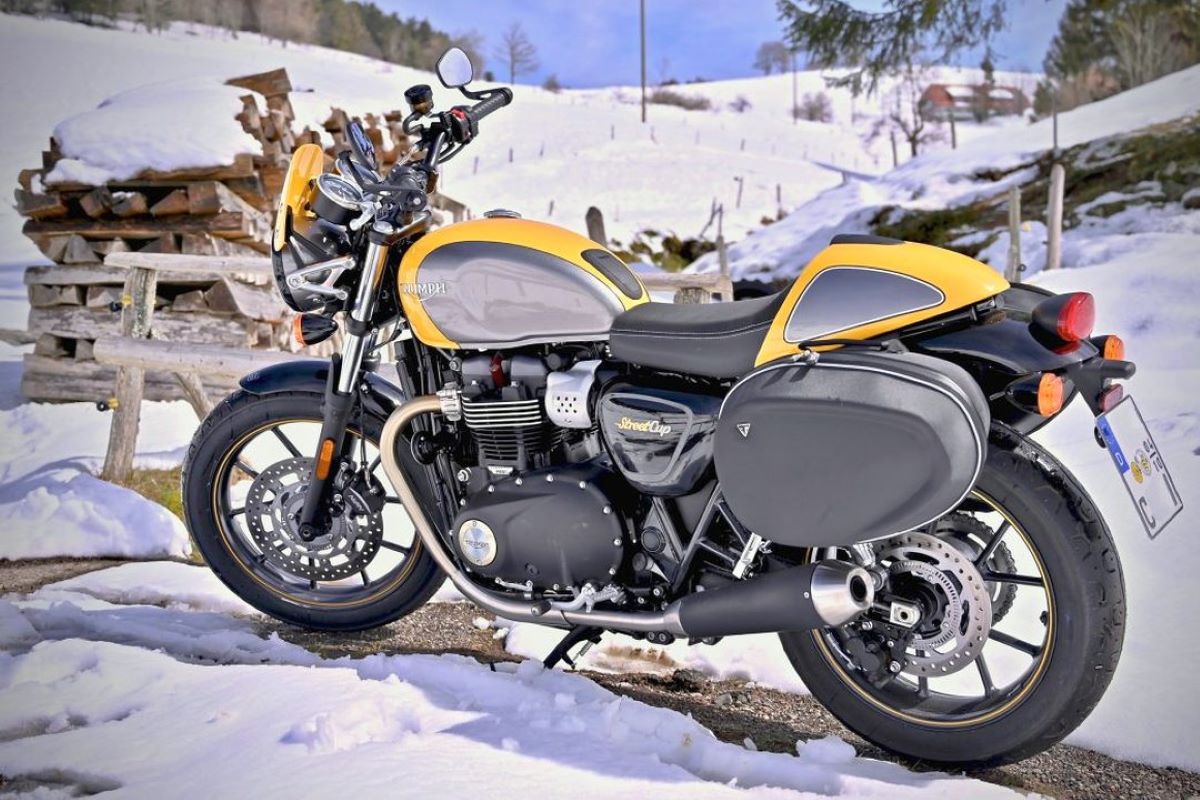
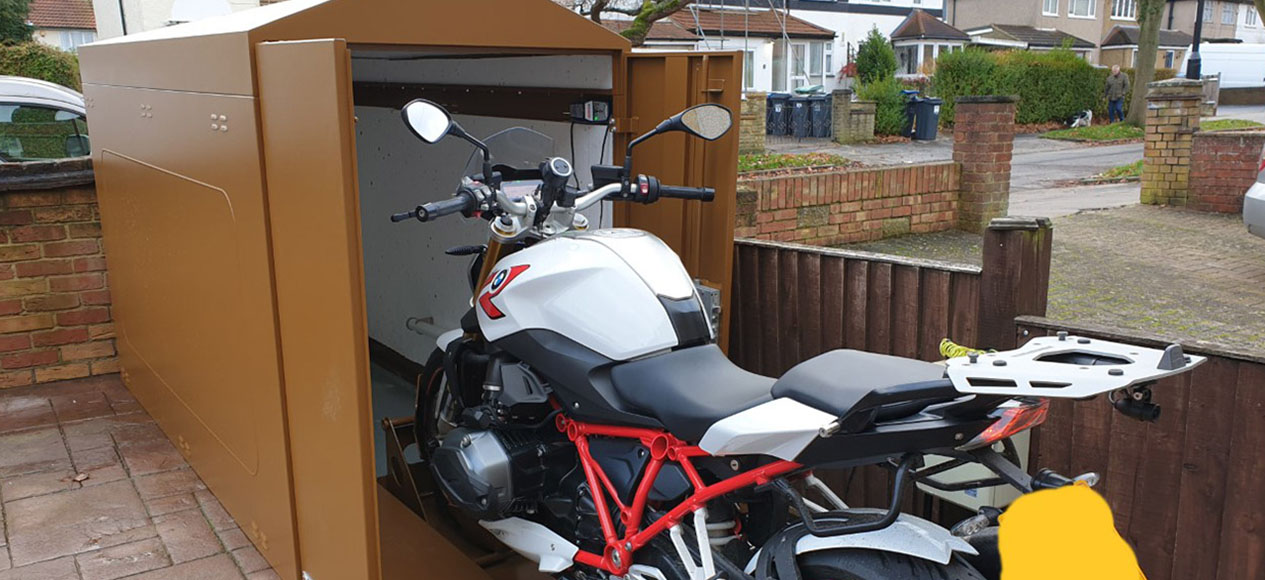
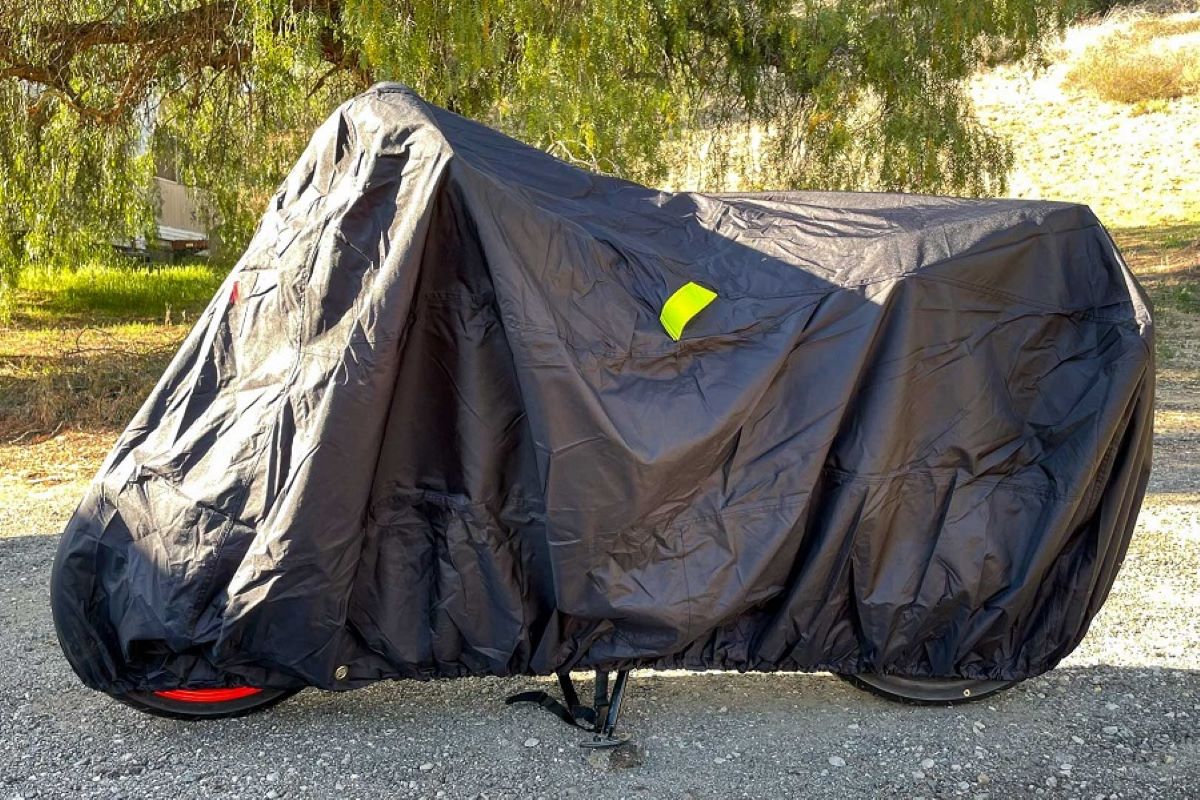

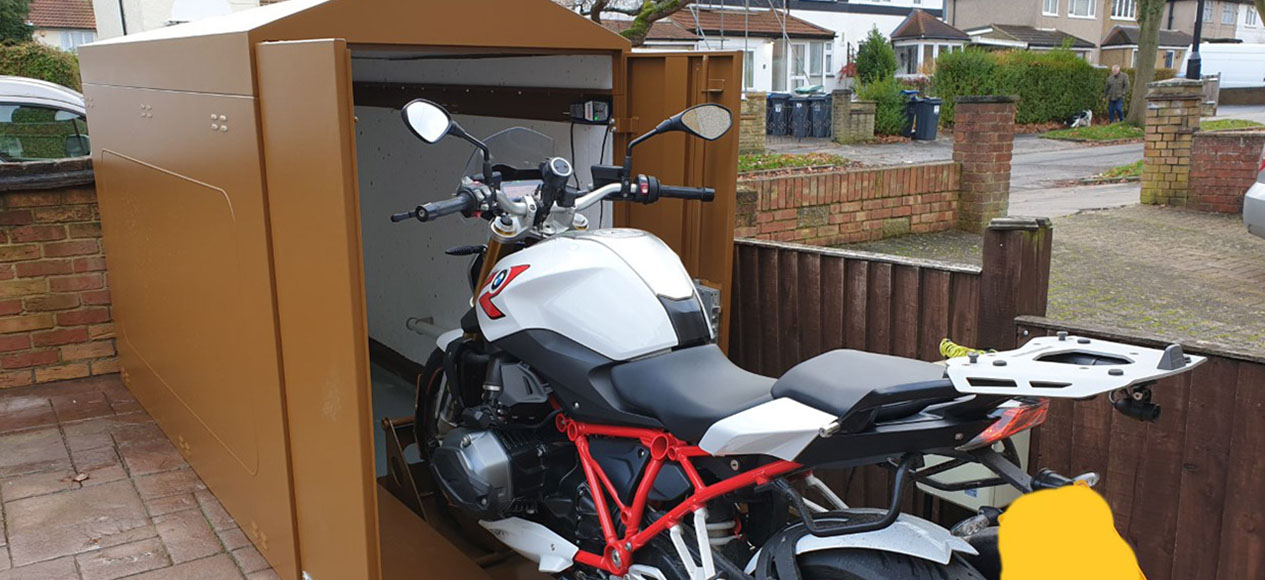
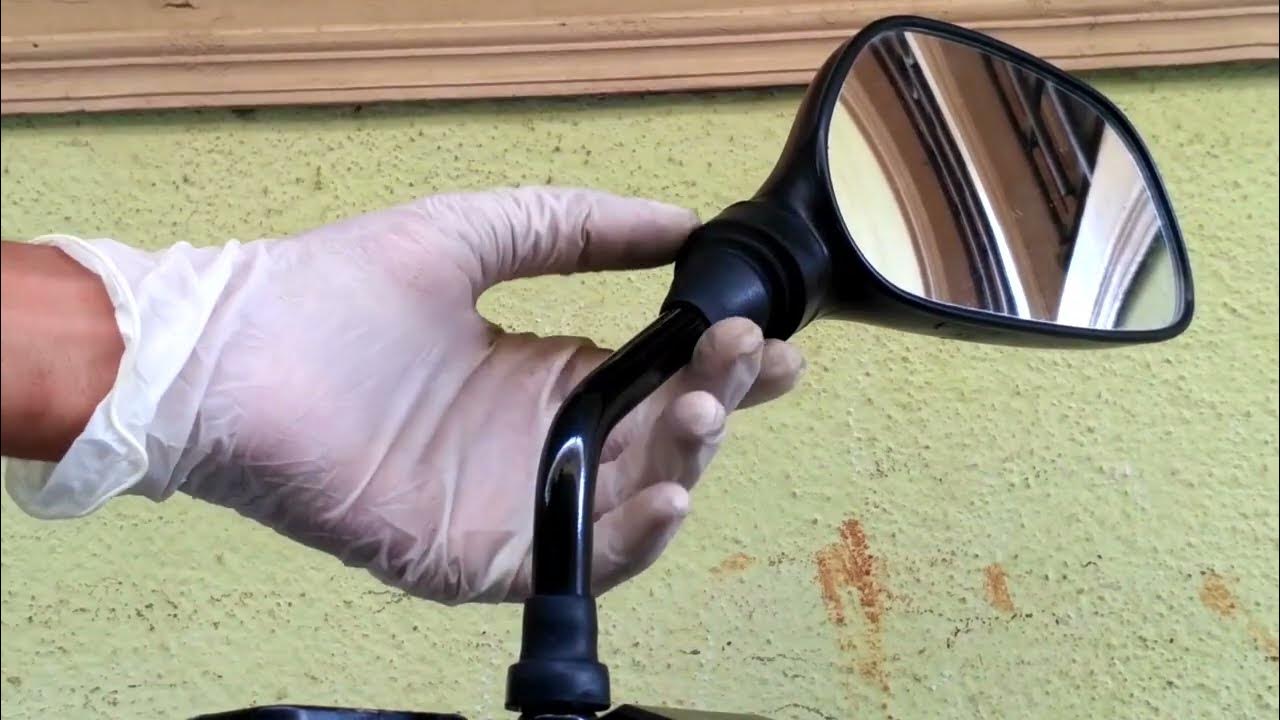
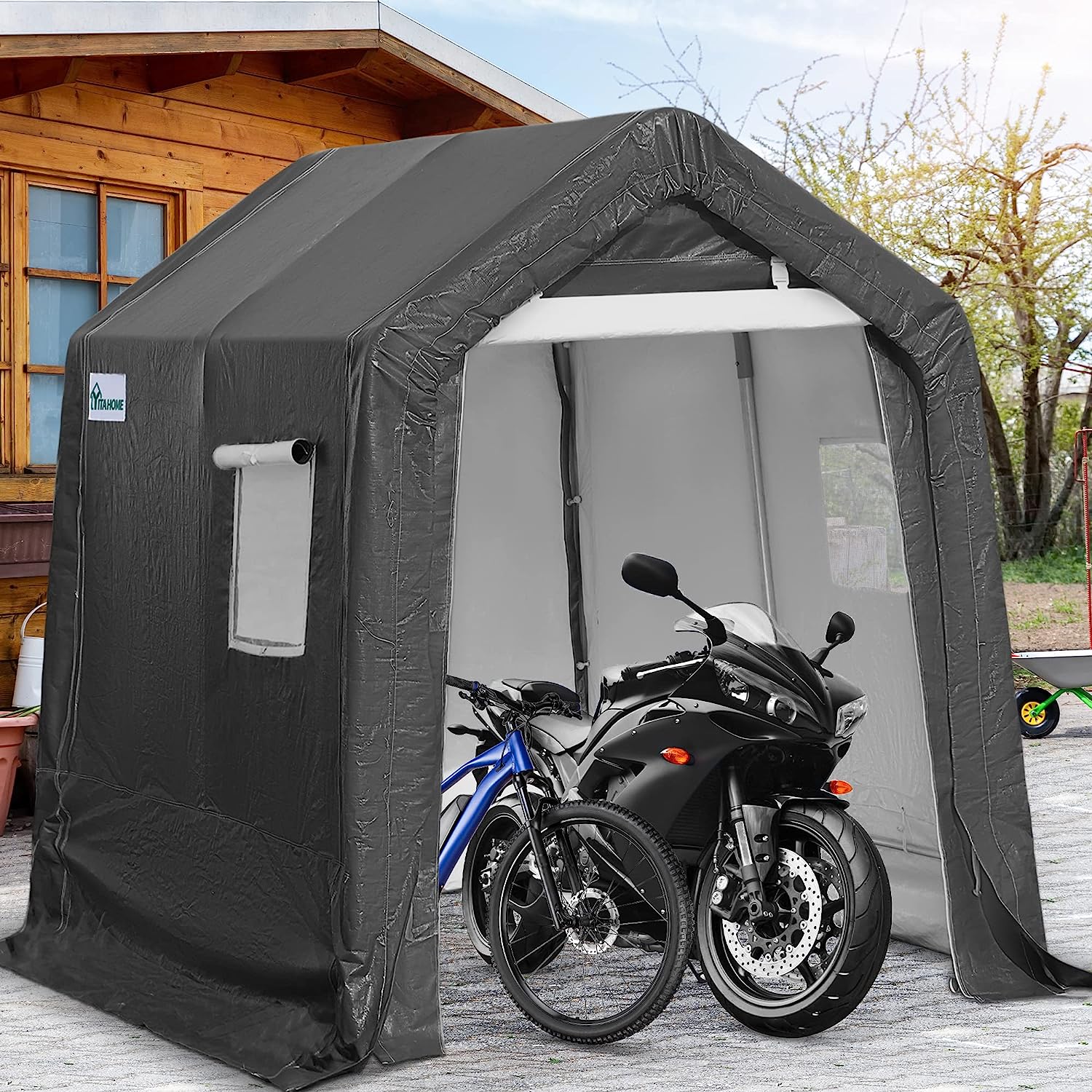
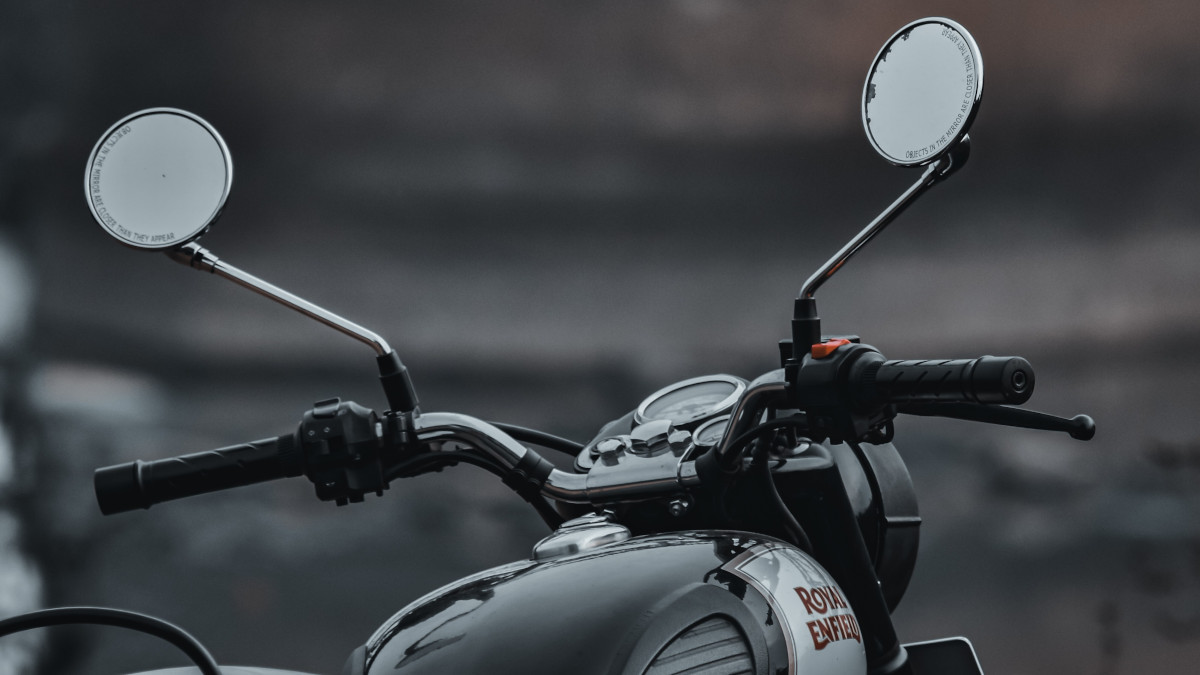

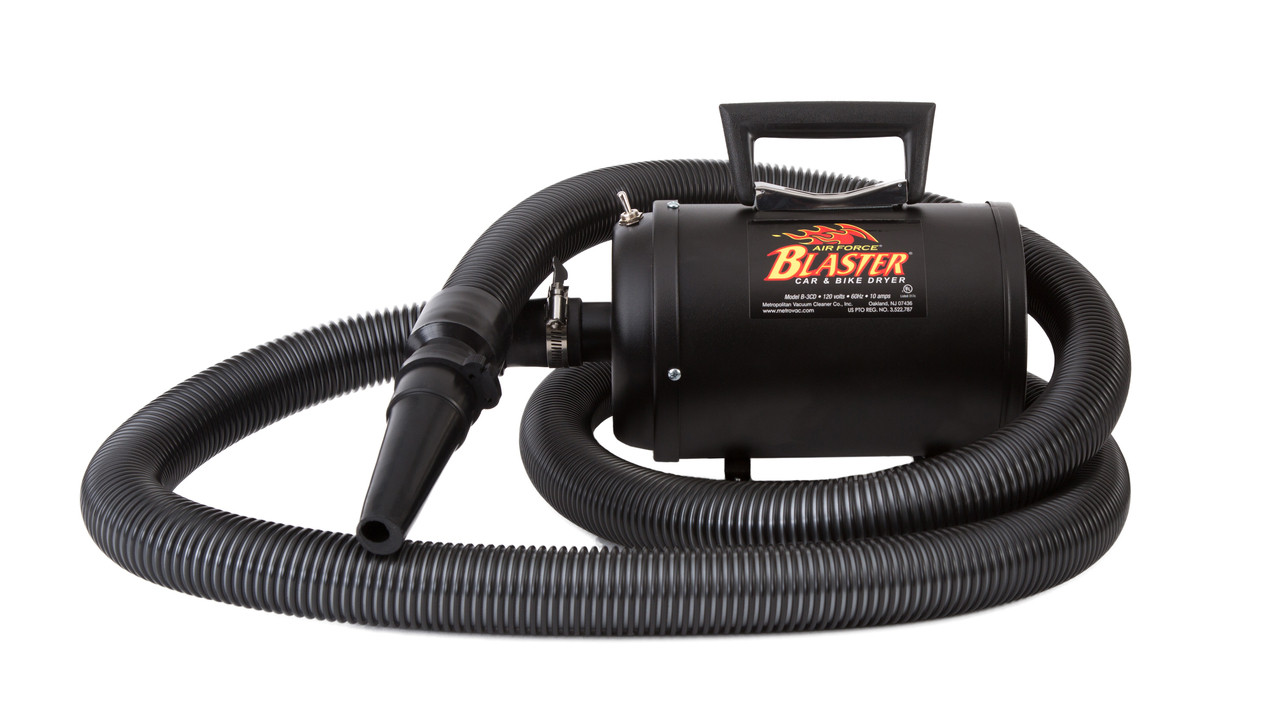

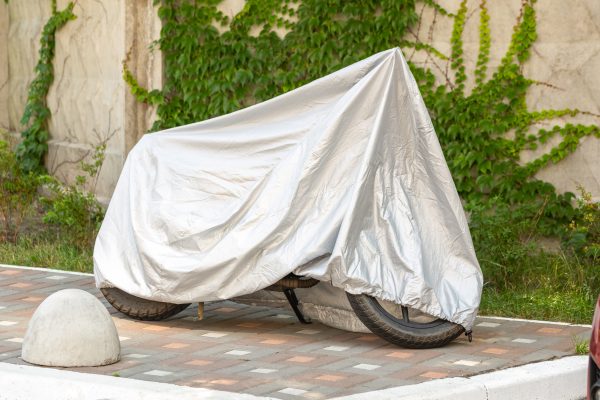
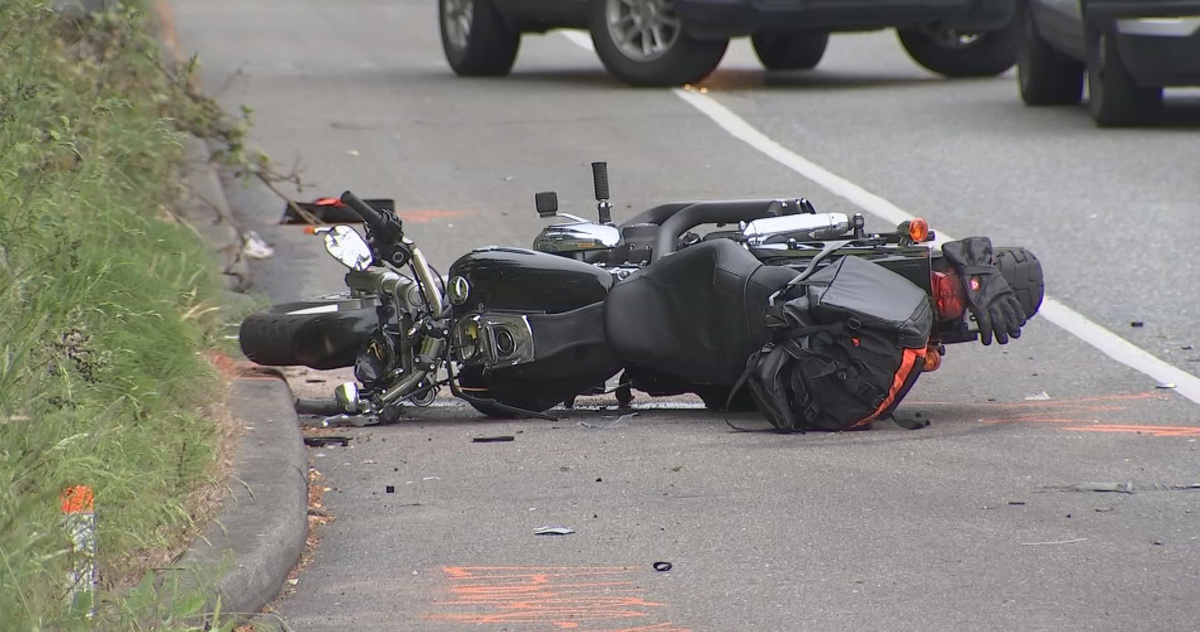

0 thoughts on “How To Store A Motorcycle”